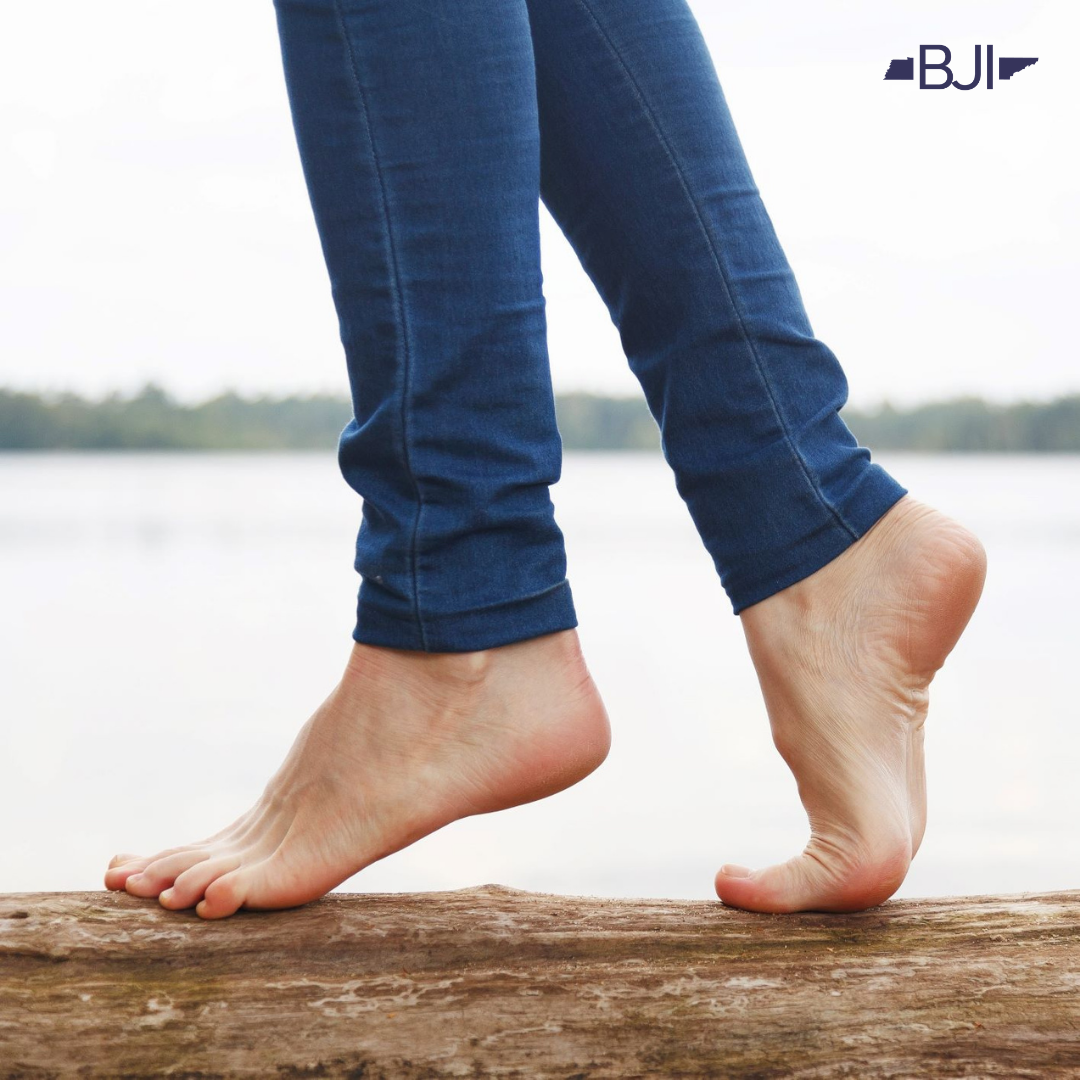What Causes Sudden Knee Buckling?
[VIDEO TRANSCRIPT - ADDITIONAL INFORMATION BELOW]
What causes a knee to just give-out. Patients come to me all the time and they say they weren't doing anything in particular, but the knee just gave-way. The most common explanation for that is something we call quad release. You know, the Quadricep is your thigh muscle. Quadriceps support the knee and obviously your leg when you're walking. What happens is your body may, even on a subconscious level, feels pain somewhere - maybe it's in your knee, and it actually turns off your quad muscle to prevent further pain and further injury.
Now it's supposed to be a protective mechanism, but if your leg gives way and you fall to the ground, it could also cause injury. If your leg is giving way on a routine basis, you probably need to get it checked out before you fall. Some of the common reasons for knee pain that can cause the knee to give way include meniscus tear, arthritis, ligament injury or it could just be a random event.
Unstable Knee and Arthritis
When patients present with an unstable knee, there are two basic ways to look at joint instability. From a surgeon's standpoint, an truly unstable knee is a knee which has a ligament tear or rupture and is structurally unstable during exam. No all patient's that experience knee-buckling have a structurally unstable knee. Even with all knee ligament structure intact, a patient may experience a sense that the knee joint buckles or gives way. This can happen at random and often unexpected times whether walking down the street, getting out of a car, or just standing up.
When this happens in adults, we have to consider if this phenomenon is related to knee arthritis. Sometimes when dealing with arthritis of the knee joint, a damages and sensitive area of bone can cause pain and trigger this "knee buckling" experience.
How Arthritis Causes Knee Buckling
The analogy that I like to use, which I think makes the most sense to patients, is imagine you're walking barefoot on the beach or across the floor, and there was a broken seashell or piece of glass on the floor and you were about to step on it. What happens within a split second before you ever realize what happens is that you almost stumble or potentially fall. Somebody may look at you and ask, "What happened? What did you do?". And you realize at that point that you almost stepped on something sharp.
This same sort of thing happens in your brain when you move or twist or bend your knee in a way where the arthritic or damaged bone surface is touched or triggered. What has happened is your brain has realized that sharp thing on the ground - the sharp piece of glass or seashell. When you put weight on your heel or on your foot, your body senses that risk to your body. Sometimes before you shift your entire weight and muscle strength onto that leg, your body reflexively shuts off the muscle so you don't put your full weight on the leg.
Again, the same thing can happen to the knee when you have arthritis. What can happen if bone is sitting against bone, when you bend your knee, some of those damaged or sensitive surfaces can touch. That pain reflex goes directly to your brain. The brain tells your muscle to shut off to protect your joint and, thus, gives you a sense of instability or "giving-out" in your knee.
What Can Help Knee Buckling
You can strengthen the muscles supporting the knee joint and that may lessen the frequency this happening. Some people have found that a brace is also sometimes helpful. Most benefits of bracing a likely due to our sense of proprioception. Propioception is basically a pressure sense on the skin. When a brace provides this 'sense of pressure' around your knee, and it may make you more or less likely to have that knee buckle or give-way sensation. Since there are so many variables, It is always best to discuss the option of bracing with a qualified health professional.
While there's very little downside to using a neoprene knee sleeve, it is not a guaranteed fix and obviously doesn't correct anything that may be wrong within the knee joint. If experiencing frequent and/or unpredictable joint instability, a cane or walker can also be used to improve stability and decrease the risk of falling.
When to See Your Doctor
If any joint buckling or instability is happening on a regular basis and/or associated with pain - it is important to discuss the causes and possible treatments with a qualified health professional. Even incidental knee buckling can increase risk of fall and injury. Contact Dr. Cory Calendine today if you have further questions or concern (615) 791-2630








